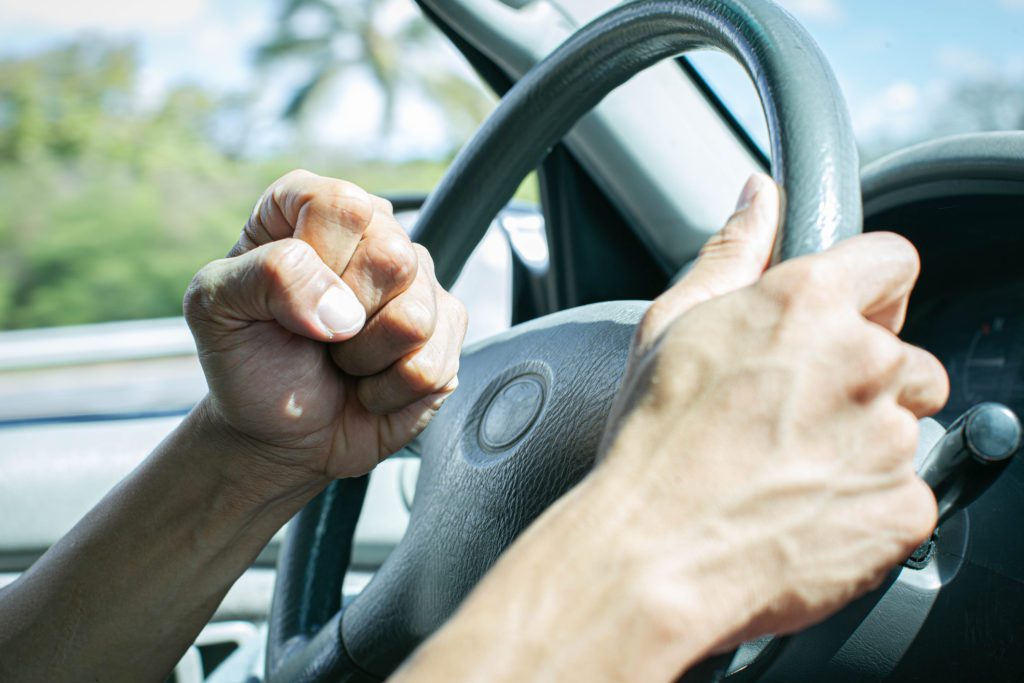Unfortunately, whether you drive 2 wheels or 18 wheels, anyone can experience how road rage affects drivers. Being a victim of road rage can be scary and even cause a crash. Below are some common characteristics of road rage. More so, Paper Transports’ Safety Manager Josh Seymour’s tips on how to protect yourself from angry drivers.
What Is Classified as Road Rage?
According to Safe Motorist, 66% of traffic fatalities are caused by aggressive driving. Below are some actions that classify as road rage.
- Honking: Honking startles drivers and can be a distraction to multiple cars.
- Rude Gestures: These not only remove your hands from the wheel but can be seen as obscene to other drivers.
- Flashing Headlights: This can be categorized as vehicle aggression.
- Tailgating: Not allowing yourself enough following distance can lead to collisions.
- Speeding: Speeding aggressively and angrily endangers yourself and others on the road.

Safe Motorist also shared that half of drivers who encounter aggressive behavior admit to responding with aggressive behavior themselves.
How Road Rage Affects Drivers?
Below are some common health issues that are common in road ragers according to psychologist LeeChambers.org.
- Increases Blood Pressure
- Cardiovascular Health Issues
- Stroke
- Stress

What to Do When a Road Rager Is Affecting Your Driving?
Former law enforcement officer and current Paper Transport Safety Manager, Josh Seymour shared his tips to follow in the event you encounter a road rager that is affecting your driving.
- Keep Alert: First and foremost, in a road rage incident, it is important to remain cautious when dealing with the other driver. You do not want to say or do anything that might make the person more upset and put you in harm’s way.
- Do Not Engage: Some ways to help avoid road rage are to stay away from the road rager’s car. For example, it helps to changing lanes, gradually slowing down safely, or exiting or turning off the roadway. Also, ignore the temptation to respond to the other driver. Avoid eye contact and drive to a safe place if possible.
- Keep Moving: Do not stop unless you must. If you feel an aggressive driver is following you, call the police and do not go to your house. Obtain the raging driver’s vehicle information if you safely can. Therefore you can give it to the police either right away or later.
- Stay in Your Vehicle: If there is a crash, it is best to stay in your vehicle. This is especially true in heavy traffic. Keep doors locked if the other driver is raging. Remain calm to help deescalate.
- Remain Calm: Try and remember – it is not personal. The other driver is angry most of the time at the situation and does not know you. Not making the situation about you can help you maintain a calm reaction to this person.

Thank you, Josh, for those safety tips. With this knowledge, you as a driver can put safety first.
For more tips, check out 5 Summer Truck Driving Tips.
Sources include Safe Motorist and LeeChambers.org.
